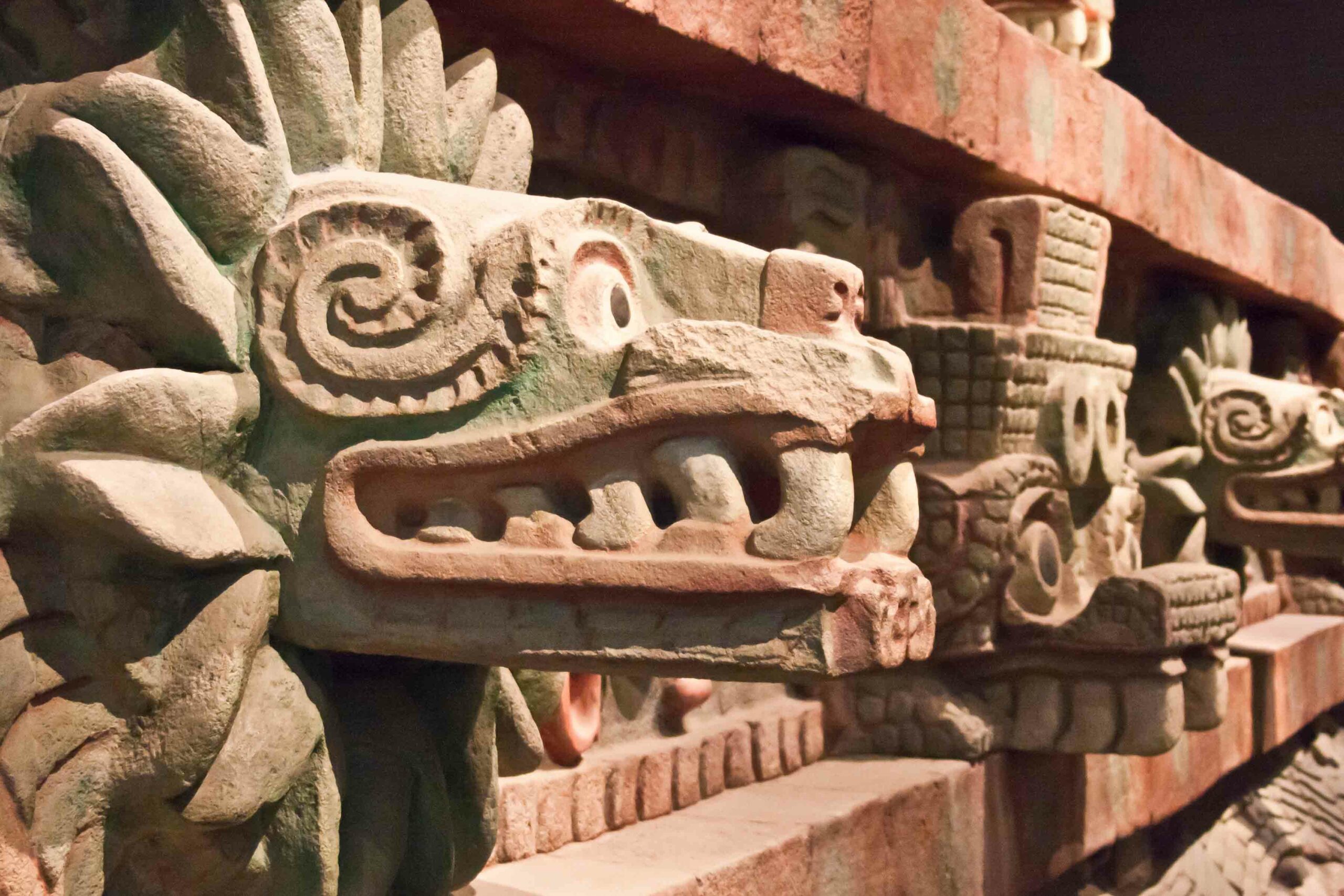Latest News
-
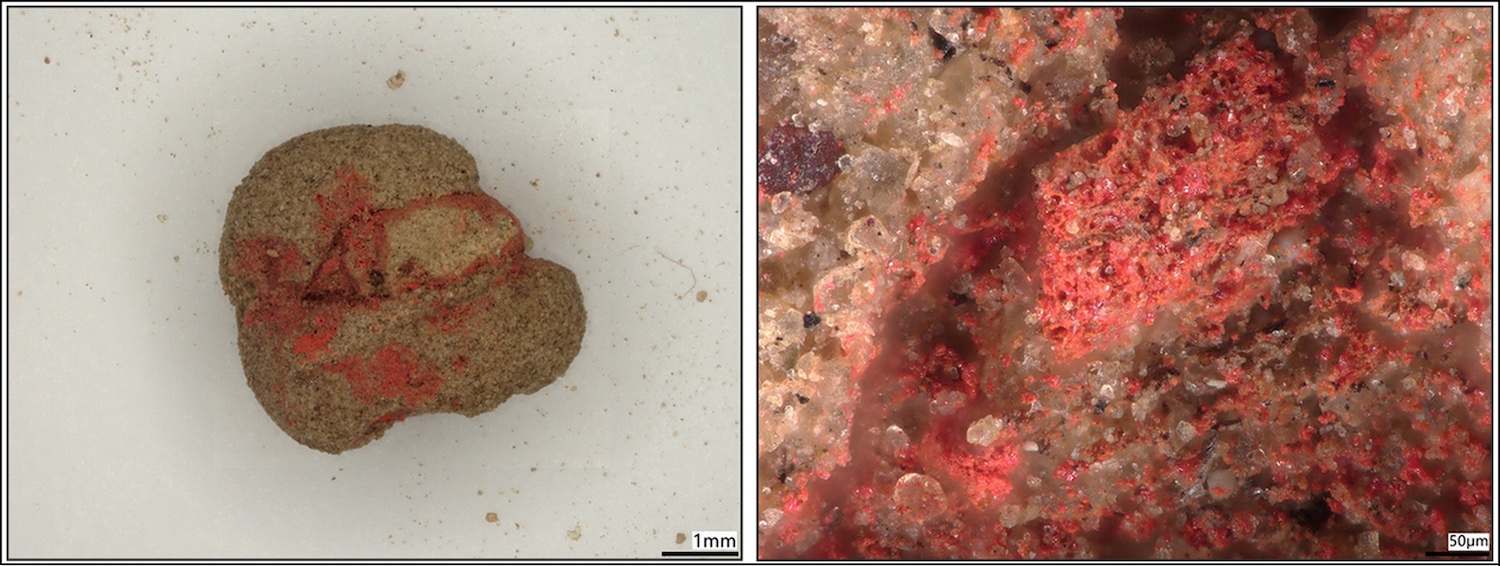 A. Kurzawska/© Antiquity Publications Ltd.
A. Kurzawska/© Antiquity Publications Ltd. -
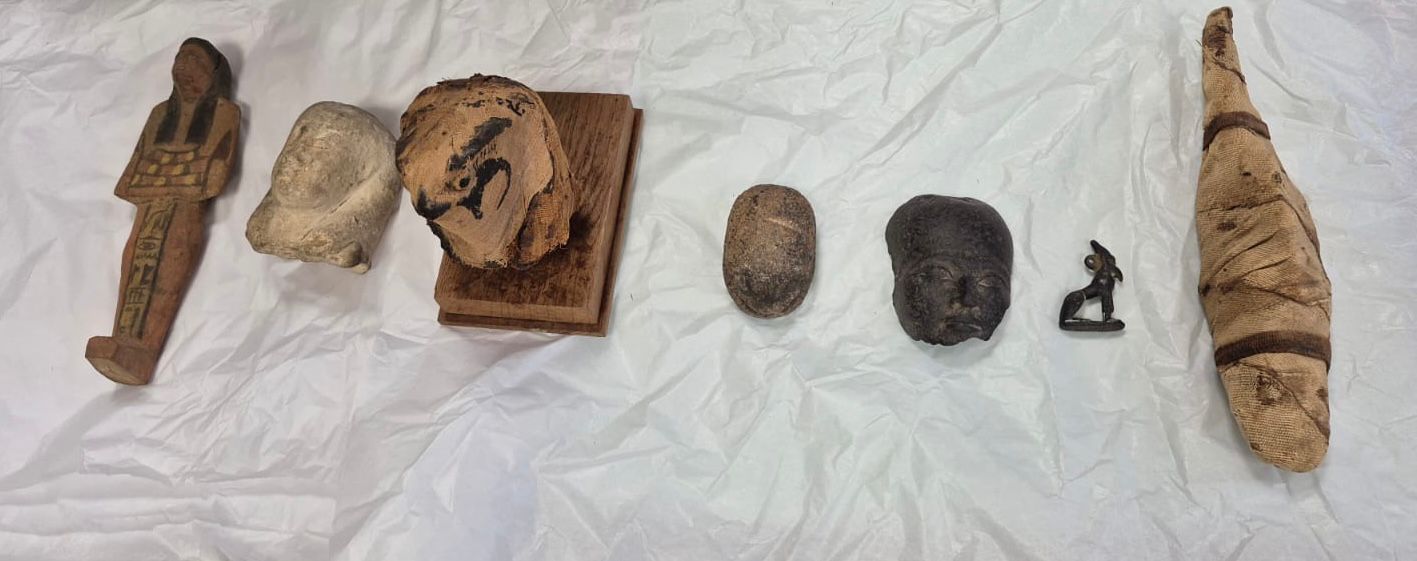 Ministry of Foreign Affairs, Emigration and Egyptian Expatriates
Ministry of Foreign Affairs, Emigration and Egyptian Expatriates -
 Didier Descouens/Wikimedia Commons
Didier Descouens/Wikimedia Commons -
 Jacob Davis
Jacob Davis
-
 © Museu Torre Balldovina
© Museu Torre Balldovina -

-

-

-
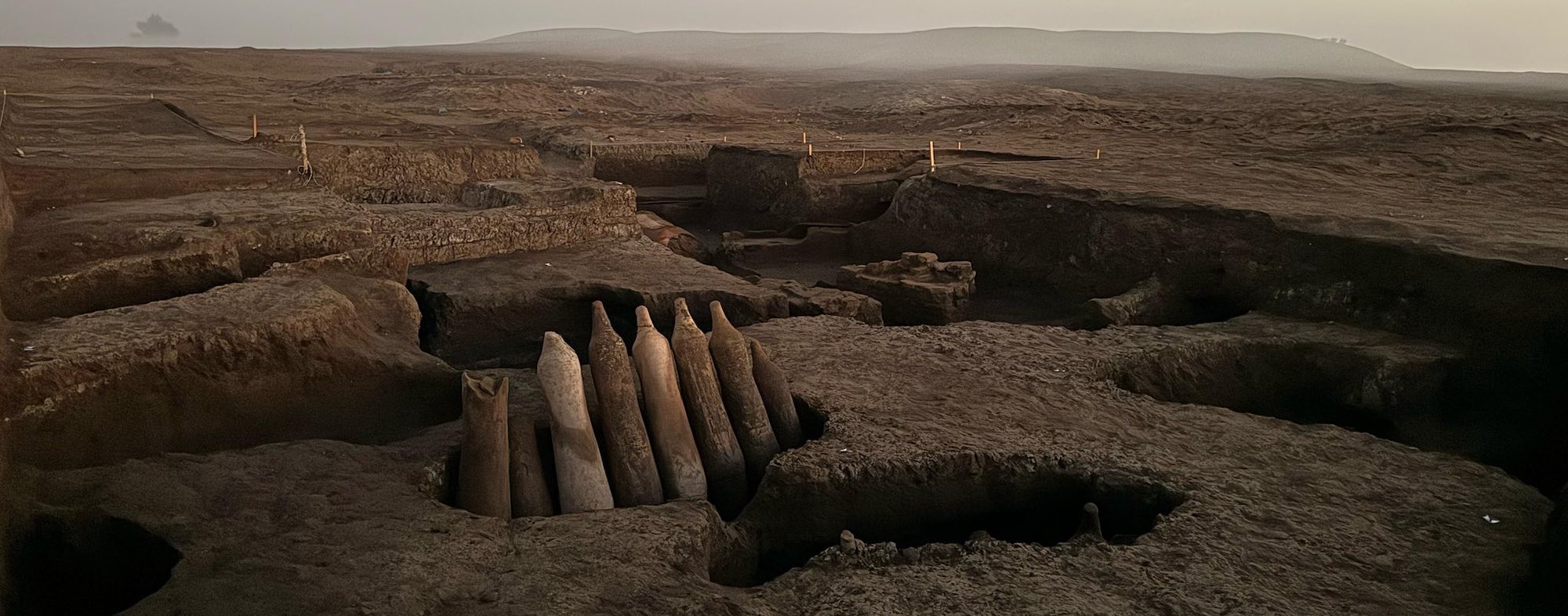 Egyptian Ministry of Tourism and Antiquities
Egyptian Ministry of Tourism and Antiquities -

-
 Alanya Alaaddin Keykubat University
Alanya Alaaddin Keykubat University -
 Tamra Walter
Tamra Walter -
 Andrea Squitieri
Andrea Squitieri -
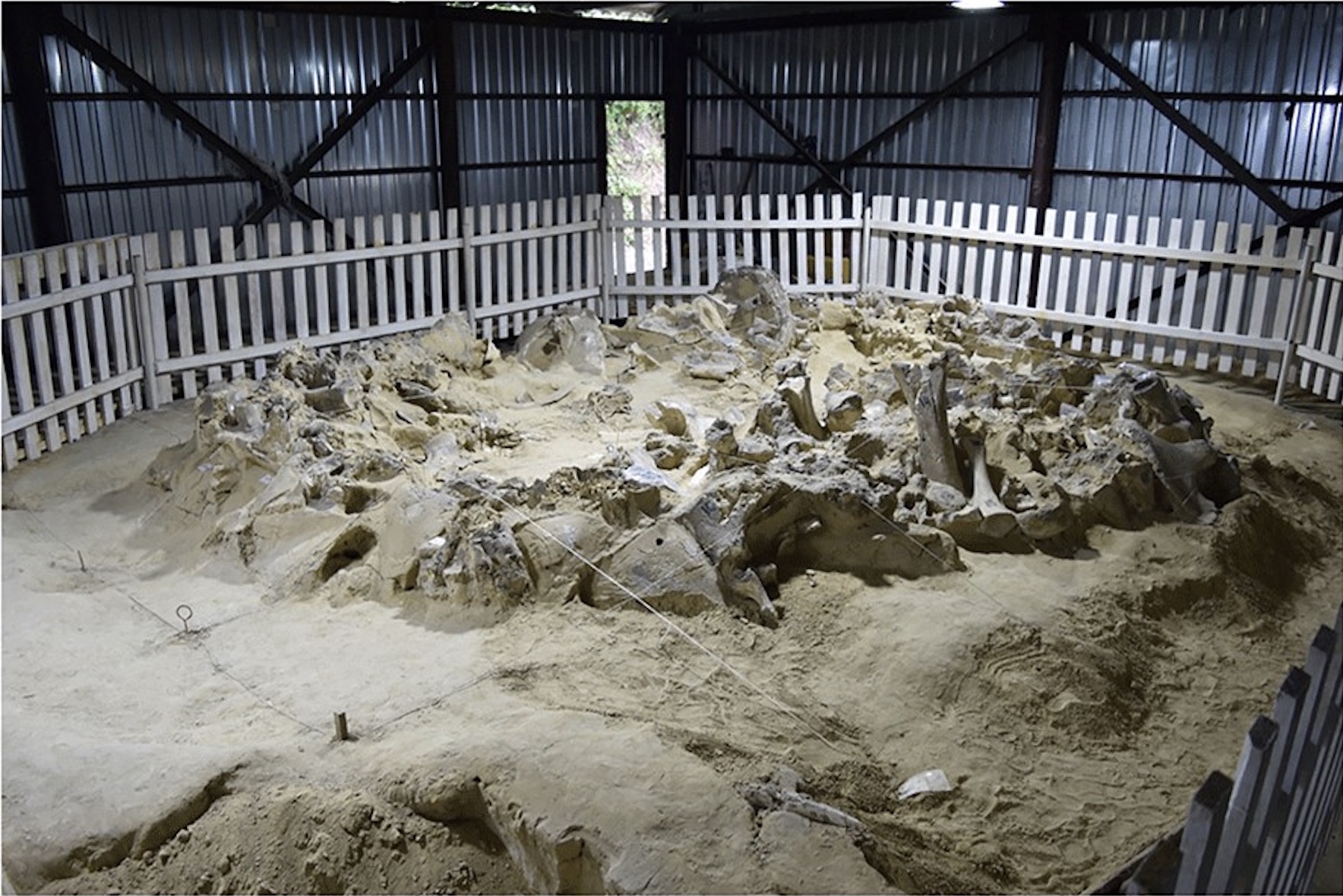 Chu et al. 2025, Open Research Europe
Chu et al. 2025, Open Research Europe -
News December 29, 2025
Sites in Iraq Suggest Zoroastrians and Christians Were Neighbors
Read Article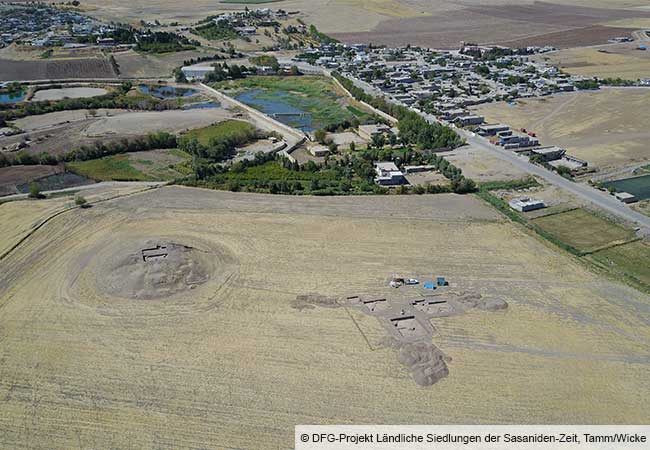 © DFG-Projekt Ländliche Siedlungen der Sasaniden-Zeit, Tamm/Wicke
© DFG-Projekt Ländliche Siedlungen der Sasaniden-Zeit, Tamm/Wicke -

-
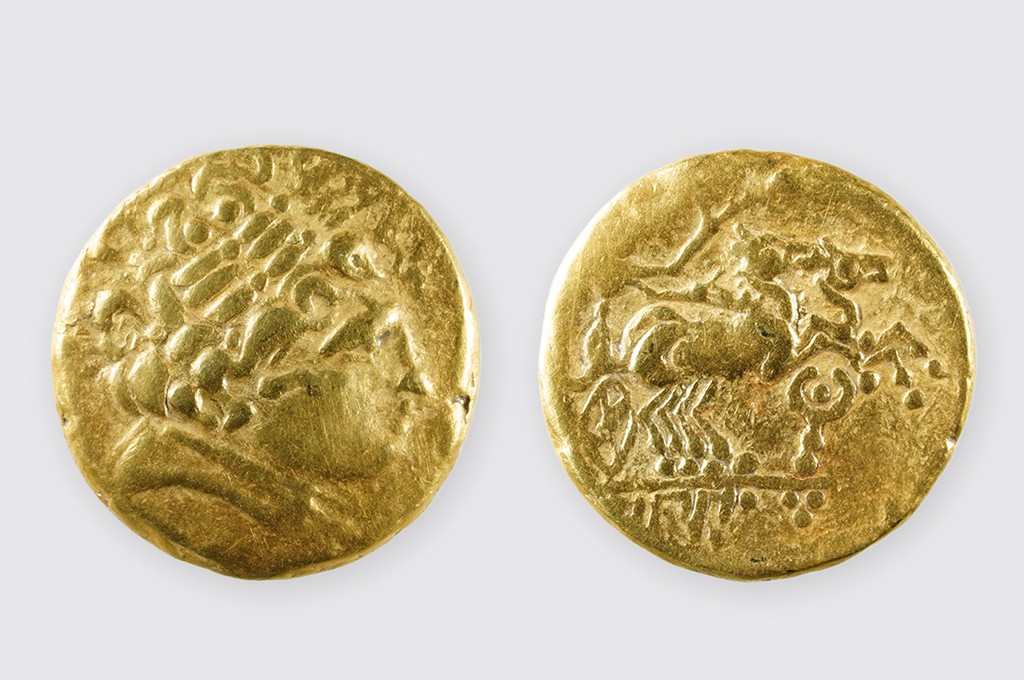 Photo: Nicole Gebhard/© Archaeology Baselland
Photo: Nicole Gebhard/© Archaeology Baselland -
 University of Cambridge
University of Cambridge
Loading...


